長いケーブルでバイブレーティングワイヤーの正確な測定を行う方法
by Nathanael Wright | 更新日: 10/17/2023 | コメント: 0
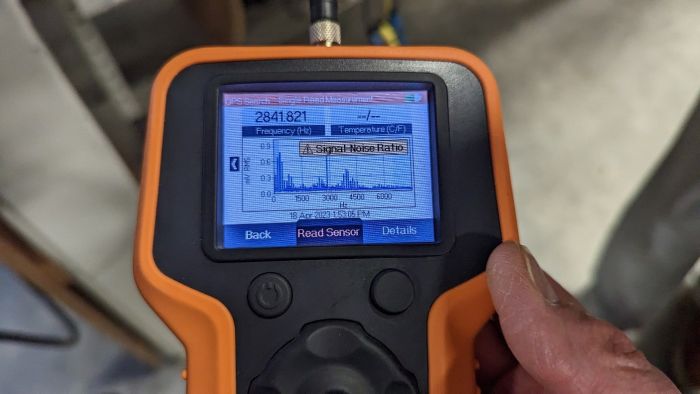
通常、バイブレーティングワイヤー測定に長いケーブルを使用すると、信号が弱くなり、干渉の可能性が高くなります。では、この課題を克服し、測定品質を向上させるにはどうすればよいでしょうか?続きを読んでその答えを見つけてください。
Campbell Scientificのバイブレーティングワイヤー測定ハードウェアは、特許取得済みのVSPECT®テクノロジーを採用しており、市場の他のバイブレーティングワイヤー測定システムとは一線を画す優れた性能を備えています。干渉波を除去する能力に加え、VSPECTの高精度な測定により、当社のモニタリングプラットフォームは極めて長いケーブル長のバイブレーティングワイヤー測定を可能にします。
デモンストレーションの実施
この測定結果を検証するため、長いケーブルを用いたデモンストレーションを実施しました。長いケーブルのスプールを用意し、両端を慎重に接続してケーブルを4.2km(2.61マイル)まで延長しました。次に、ワニ口クリップを使用して、スプールの片端の露出したワイヤーにバイブレーティングワイヤー圧力計を接続し、もう一方の端にVWAnalyzerバイブレーティングワイヤーアナライザーを接続しました。
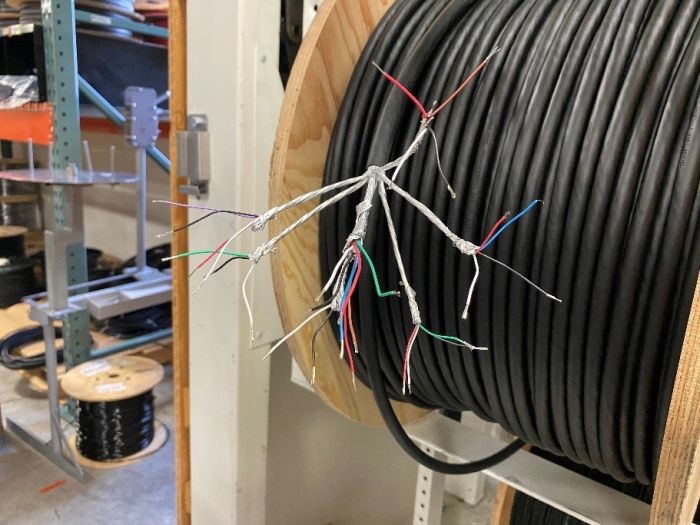
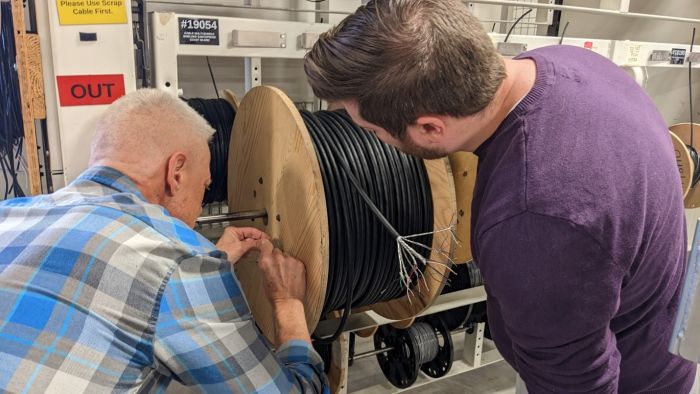
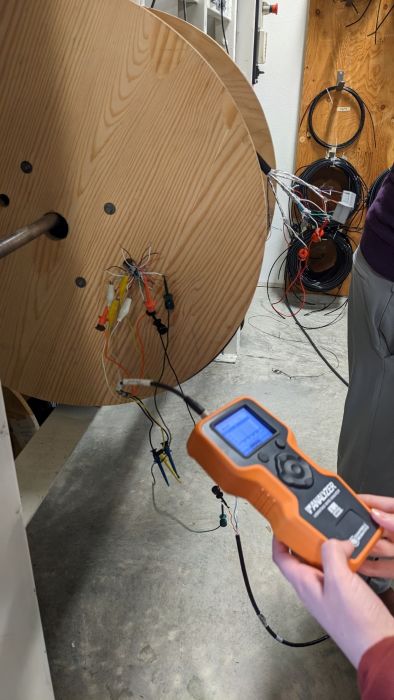
次に、手持ち式 VWAnalzyer を使用して、長いケーブルの長さにわたって一連の測定を行いました。
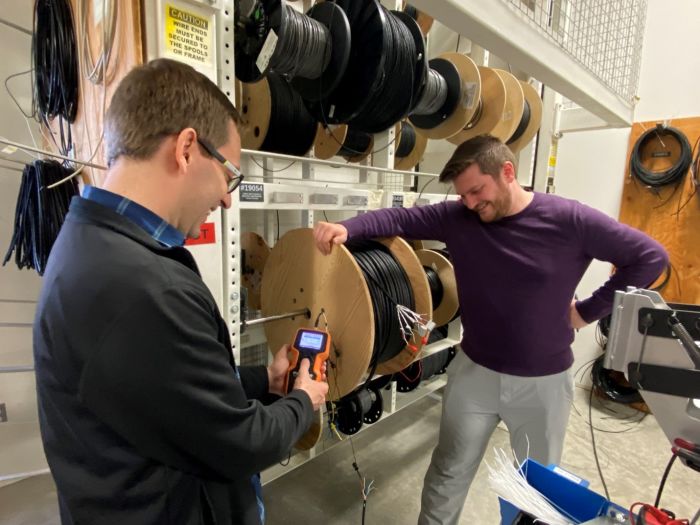
干渉の導入
4.2km(2.61マイル)のケーブル長で測定に成功した後、測定干渉を発生させ、読み取り可能な範囲の限界をテストすることで、更なるテストを行うことにしました。そのために、AC電源に接続した電動ドリルを使用しました。ドリルを長いケーブルのスプールの横に当て、測定に成功しました。
VWAnalyzerのチャートを観察したところ、VSPECT技術によって測定から顕著な干渉が除去されていることがわかりました。時間領域解析に基づく他のバイブレーティングワイヤーインターフェースを使用していた場合、この干渉が大きな問題を引き起こしていたでしょう。
さらに干渉を大きくするために、ドリルをセンサーの横に置き、測定しながらドリルを動かしました。その結果、天文学的な干渉が生じました。干渉が非常に高かったため、VWAnalyzerは信号対雑音比が非常に低いという警告を出しました。この信じられないほどの干渉にもかかわらず、下の画像から、VWAnalyzerのVSPECT技術によって正確な測定が可能であることが分かります。
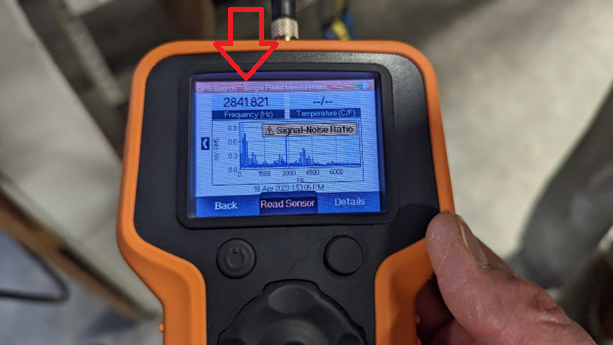
結果
まとめると、かなりの干渉波を生じながらも、4.2 km(2.61マイル)のケーブル長にわたって正確なバイブレーティングワイヤー測定に成功しました。当社のお客様の中には、長いケーブル長にわたってバイブレーティングワイヤー測定を行っている方もいらっしゃいます。実際、最長9.66 km(6マイル)のケーブル長で測定を行ったというお客様もいらっしゃいます。バイブレーティングワイヤー測定に長いケーブル長を使用することは最適ではありませんが、このような事例は当社のVSPECT技術の優位性を証明しています。
VSPECT の詳細やバイブレーティングワイヤーアプリケーションのトラブルシューティングについては、以前のブログ記事「バイブレーティングワイヤー圧力計のトラブルシューティング」をお読みください。
ご質問やご意見がございましたら、下記に投稿してください。
















 Nathanael Wright is a Technical Support Engineer at Campbell Scientific, Inc. He provides technical support for data loggers, instruments, and communications equipment. Nathanael has a bachelor's degrees in Computer Information Science and Business Administration, and an MBA. In addition, Nathanael has more than 15 years of experience working in IP communications. Away from work, he enjoys breakdancing, hiking, writing, publishing books, and fiddling with computer equipment.
Nathanael Wright is a Technical Support Engineer at Campbell Scientific, Inc. He provides technical support for data loggers, instruments, and communications equipment. Nathanael has a bachelor's degrees in Computer Information Science and Business Administration, and an MBA. In addition, Nathanael has more than 15 years of experience working in IP communications. Away from work, he enjoys breakdancing, hiking, writing, publishing books, and fiddling with computer equipment.
コメント
Please log in or register to comment.